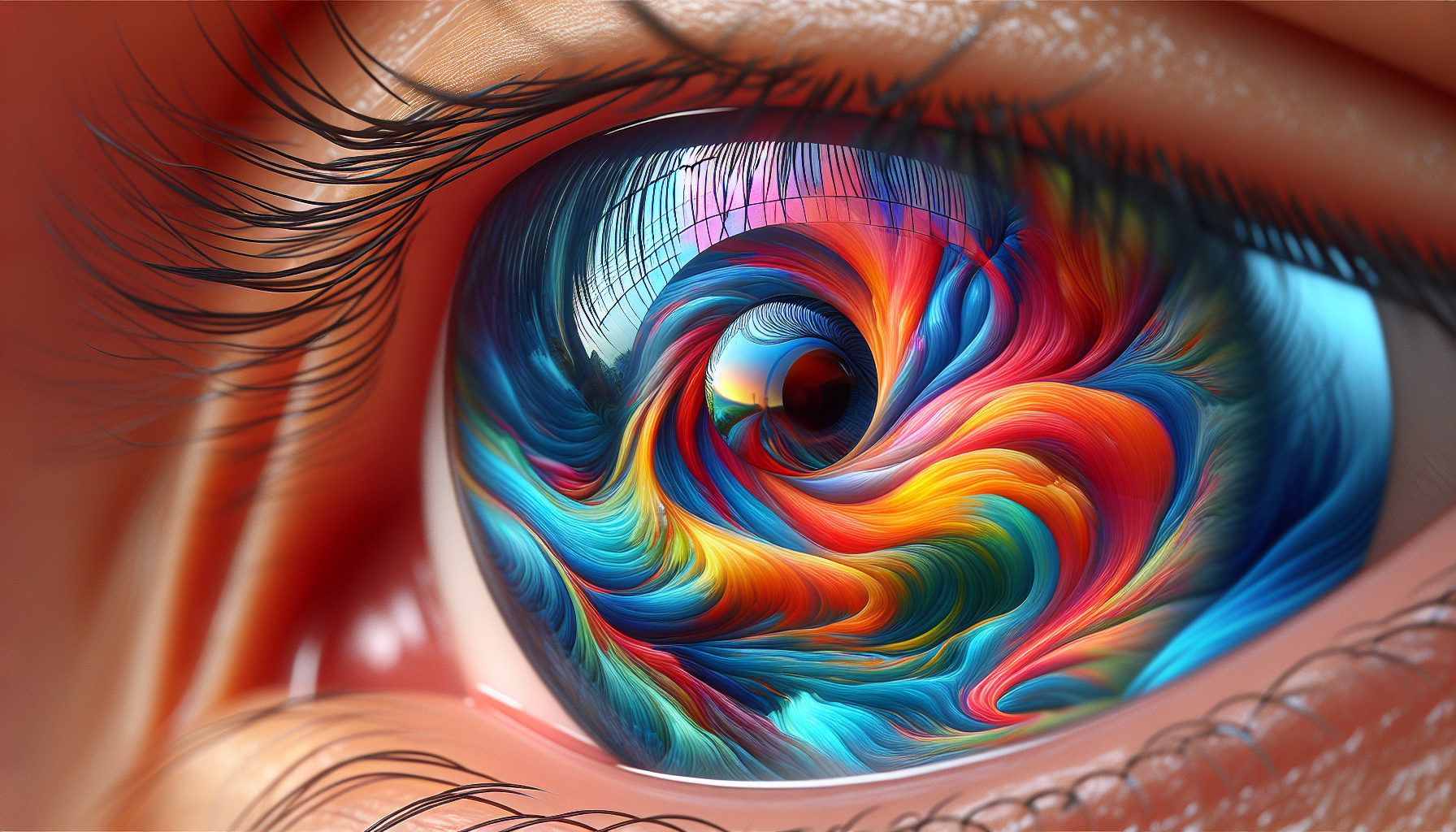Vision is a powerful tool that shapes our understanding of the world around us, particularly in the realm of art. Our perception of beauty and creativity is intricately linked to what we see, and by delving into the art of seeing, we can transform our understanding of both art and ourselves.
At its core, art is an expression of the artist's perception of the world. It conveys emotions, thoughts, and stories through various mediums that challenge our visual senses. However, understanding art goes beyond merely seeing; it requires us to engage with it, to interpret and appreciate the subtleties that might not be immediately obvious.
Our brains do an incredible amount of work when we view a piece of art. They decode colors, shapes, and patterns, and then endeavor to make sense of them based on past experiences and knowledge. This is why art can be both deeply personal and universally relatable. A single piece can evoke different emotions, depending on the viewer's cultural background, personal experiences, and individual psyche.
The relationship between vision and perception in art is further complicated by the varying elements that artists use to create their work. Color, for example, can evoke certain emotions or moods. Warm colors like red and yellow might convey energy or passion, while cool colors like blue and green can be calming or melancholic. Artists use these colors intentionally to guide our perception and elicit specific responses.
Moreover, the composition of an artwork—the arrangement of visual elements—guides our eyes and can drastically alter how we perceive the subject matter. The use of perspective can create a sense of depth, inviting viewers to virtually enter the scene, while the positioning of objects can draw our attention to particular focal points. Understanding these techniques can enhance our appreciation of the artwork and deepen our engagement with it.
Light and shadow also play critical roles in shaping our perception of art. Mastery of chiaroscuro, the use of strong contrasts between light and dark, can add drama and intensity to a piece, influencing how we interact with and interpret the narrative within it. Similarly, artists manipulate texture to create a tactile sensation, which can suggest realism or abstraction.
In approaching art, it is important to recognize that perception is not static. It evolves as we expose ourselves to more art, and as we grow in our capacity to see beyond the surface. Viewing art is an active process; it requires an open mind that is willing to explore different interpretations and meanings.
To truly transform our perception of beauty and creativity, we must cultivate the habit of seeing—not just with our eyes, but with our minds and hearts. This means taking the time to ponder over a painting, to question what it represents, and to let ourselves be affected by it. It involves honing our attentiveness to details and allowing ourselves to be moved by the subtle nuances that make each piece unique.
Engaging with art also encourages empathy. It allows us to see the world from others' perspectives and to appreciate their stories and struggles. This expansion of vision enriches our lives, opening doors to new ideas and understanding.
In this journey of transforming perception, remember that there is no right or wrong way to appreciate art. It is a deeply personal experience that should be embraced with curiosity and openness. Whether you are drawn to the vivid colors of an impressionist painting, the surreal worlds of modern art, or the delicate lines of a sketch, let your vision explore and connect with the infinite possibilities that art presents.
The art of seeing not only enhances our understanding of art but also enriches our lives, allowing us to see beauty and creativity in every aspect of the world. Let us embrace this art and forever be in awe of the wonders it reveals.
